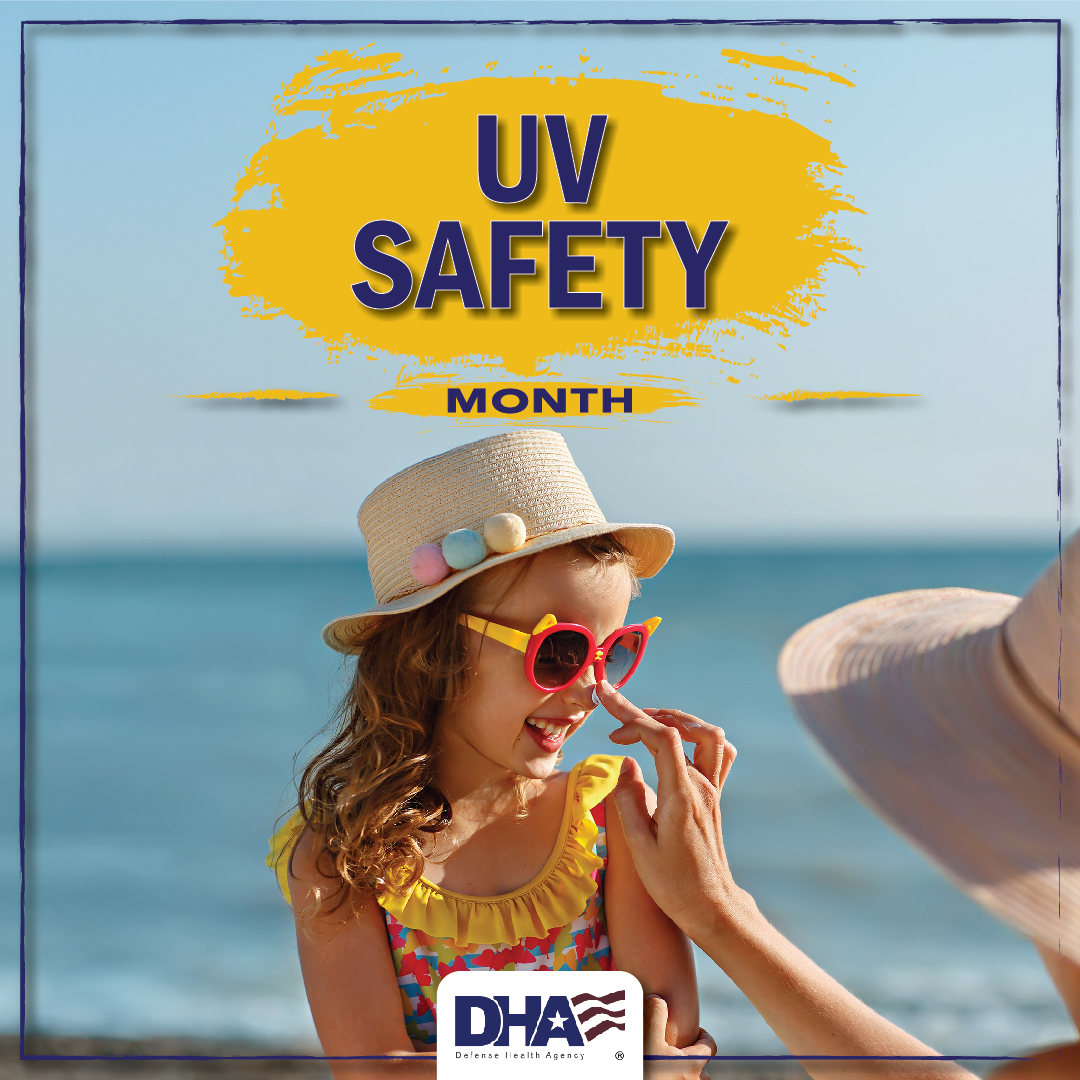It's tick season: Protect yourself
Ticks are small — as small as the poppy seeds atop your bagel — but they can wreck your summer.
If the little blood-sucking insects burrow into your skin, they may infect you with Lyme disease, anaplasmosis, babesiosis, Rocky Mountain spotted fever, rabbit fever, Powassan virus or Heartland virus. Symptoms of these diseases vary, but they can be quite unpleasant — even deadly in extreme cases.
Worse, reports of these tick-borne diseases have more than doubled over the last 13 years, according to a recent report from the U.S. Centers for Disease Control and Prevention (CDC). Since the CDC began compiling more comprehensive records in 2004, it says diseases caused by ticks, mosquitos and fleas have nearly tripled in the United States, with tick-borne diseases accounting for about 60 percent of the cases. Further, health experts say these reported cases represent just a sampling of all total cases; they think Lyme Disease, for example, may be almost 10 times more prevalent than has been reported.
Managing your risk
The number are frightening, but here’s what you need to know: Ticks and other warm-weather insect pests shouldn’t keep you indoors. Common-sense steps can help guard you against bites, or deal effectively with them afterward.
The New York State Department of Health, which has been dealing with a rapid expansion of Lyme disease cases, notes that deer ticks prefer moist, shady areas at ground level, and may cling to grasses and brush. They may be found in lawns and at the edges of gardens and woods. They don’t fly or drop, but can land on humans who brush directly against them. Once on the skin, they tend to climb upward to a protected area.
To avoid tick bites, the agency suggests:
- Wear light-colored clothing with a tight weave, the better to spot ticks you may have collected.
- Wear enclosed shoes, long pants and a long-sleeved shirt. Tuck in your shirt and pants cuffs.
- Check clothes and exposed skin frequently.
- Consider using insect repellent. The CDC offers guidance about which repellents to use.
- Stay on well-traveled, cleared trails and avoid contacting vegetation.
- Avoid sitting on the ground or on stone walls.
- Keep long hair tied back, especially while gardening.
Also, know that dogs are very susceptible to ticks. Use a tick repellent and check them frequently for the presence of the insects.
The good news is that, when caught early, Lyme disease is almost always cured with antibiotics.
If you are bitten by a tick, remember, you may not have been infected with a disease, but simply bitten. This alone can irritate the skin, but if you are concerned, don’t hesitate to consult a health care provider.
Remember, to remove a tick that has burrowed its head into your skin, it’s important to remove the entire body of the tick. Use tweezers around the tick’s body as close to your skin as you can, then work it backward out of your skin. When it’s removed, clean with soap, water and disinfectant.
Similar guidelines apply to mosquito bites. The CDC advises using repellent, covering your skin and doing all you can to keep insects outside.
Why the increase in insect-borne diseases?
Ticks and mosquitoes thrive in warm weather. The CDC is cautious about suggesting a reason for the growing number of cases, but notes the United States is “not fully prepared.”
The CDC notes:
- Ticks, mosquitoes and the germs they spread are moving into new areas, exposing more people to risks.
- Overseas travel and commerce has become more common, meaning a U.S. traveler may be infected with, say, the Zika virus in South America, then carry it home.
- Scientists have discovered new germs carried by the insects and the list of notifiable diseases has expanded.
If you’d like to talk to a Providence provider about treatment for insect bites or anything else, you can find one near you in our online directory.
Recommended for you:
Back to nature: What you need to know before you go
Beat the bites: How to avoid pesky ticks and mosquitoes
This information is not intended as a substitute for professional medical care. Always follow your health care professional's instructions.




